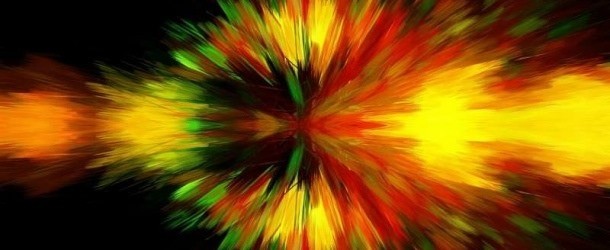Is math the key to quantum entanglement protection?

(IEEESpectrum) Science reporter Charles Q. Choi explains recent research that reveals “photonic topological insulators” could help protect entanglement for potential use in quantum computing. Inside Quantum Technology summarizes below.
One potential way to defend entangled states from their environment involves exotic materials called topological insulators, in which electricity, light, or sound flows across only surfaces and edges, with virtually no dissipation of energy. Now scientists in Australia, China, and England have developed an integrated photonic chip that can protect entanglement via topology.
Topology is the branch of mathematics that explores what aspects of shapes can survive deformation. For example, an object shaped like a doughnut can be deformed into the shape of a mug, so that the doughnut’s hole becomes the hole in the cup’s handle. However, the object couldn’t lose the hole without changing into a fundamentally different shape.
Ceating electronics that combine topological protection with quantum entanglement has proven difficult, in part because these phenomena often each require extreme conditions, such as extreme cold, ultrahigh vacuum and powerful magnetic fields.
In the new study, instead of seeking to produce topologically protected entanglement in electronic devices, the researchers created a robust photonic silicon chip. Their CMOS device worked under ambient temperature and pressure without the need for extreme cold, vacuum, or magnetic fields.
The scientists fabricated their photonic topological insulator with a lattice of 280 identical silicon rings each 61 micrometers wide. When pairs of entangled photons were sent into this array, they flowed topologically protected along opposite edges of the lattice, with entanglement surviving even when the scientists added structural defects into this array.
The research team noted that their integrated chip was compact and plug-and-play compatible, and that topologically protected entangled photons could serve as qubits in fault-tolerant quantum computers and find use in highly secure quantum communications networks. They cautioned that their device may not possess resilience against certain fabrication imperfections, such as the roughness in the walls of the silicon rings that can cause light to reflect backwards within the lattice.























